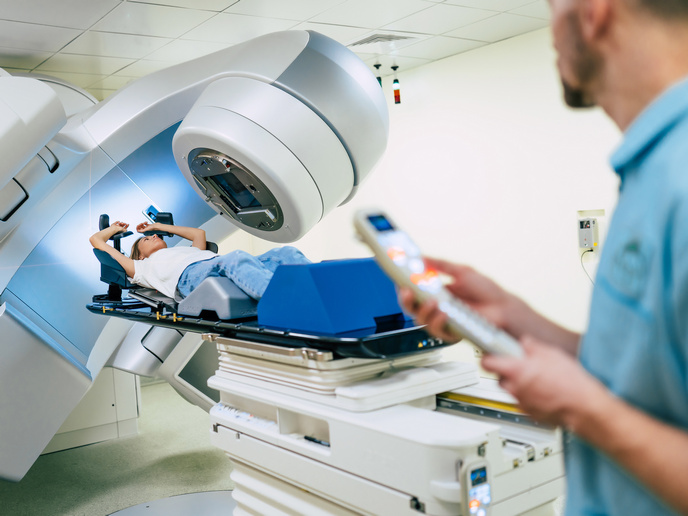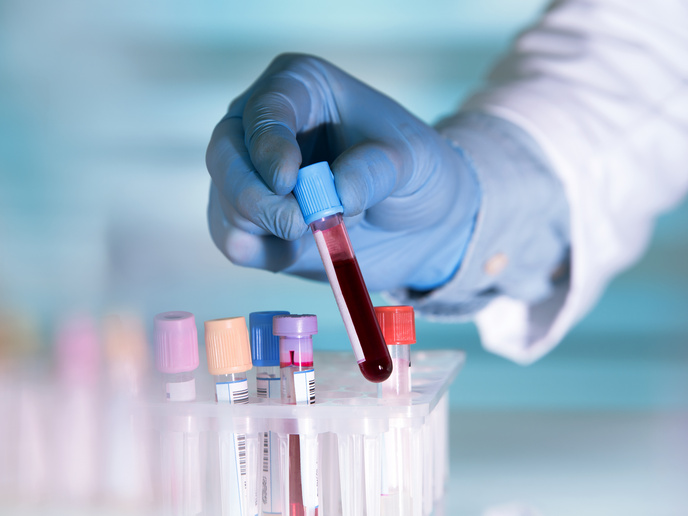New insights into the cause of secondary cancers in children
Childhood cancer survivors often experience secondary tumours as a result of treatment through chemotherapy or radiotherapy. These therapy-related malignancies are a major cause of long-term mortality, though the reasons behind them have been poorly understood. “Before our work, the mechanistic details of how secondary malignancies emerge were predominantly applicable to adult cancer patients,” explains Ruben van Boxtel(opens in new window), principal investigator at the Princess Maxima Center(opens in new window). “We were very interested in what happens in children who are treated for cancer, as their bodies are still developing when they receive treatment and, moreover, their young cells have accumulated much fewer mutations in their genomes at the start of treatment,” he adds. In the SecondCANCERinKIDS(opens in new window) project, which was funded by the European Research Council(opens in new window), van Boxtel and his team investigated mutations in haematopoietic stem cells before and after chemotherapy, to see how therapy-related myeloid malignancies (t-MNs) appeared in children. The researchers wanted to find out whether the malignant clones existed before the treatment, as in adults who developed t-MNs, or were generated because of it.
Focus on haematopoietic stem cells
The team focused on the haematopoietic system, as this is one of the most sensitive tissues for chemotherapy exposure, and t-MN is a blood cancer. Furthermore, as the most prevalent cancer type in children is leukaemia, the researchers could use the availability of several sequential samples of the same tissue along the development trajectory of this disease, allowing them to study its evolution. The project studied this evolution in real-world cases, by collecting and retrospectively studying a cohort of patients who developed a therapy-related leukaemia. “We also studied the consequences of chemotherapy exposure in patient biopsies before and after treatment, without knowing whether these patients will develop the secondary malignancy,” notes van Boxtel. “We would like to thank the patients for generously allowing us to use their samples for our studies, which was crucial for the success of this research.” Through a series of analytical methods, the researchers were able to find which compounds are most damaging and trace the origin of the cancer. They then validated their findings using CRISPR-Cas9 gene editing.
Fresh insights into antiviral drugs
The team found an antiviral medicine, ganciclovir, to be extremely mutagenic and capable of generating oncogenic mutations. “This antiviral drug is often given to immunocompromised patients who develop reactivation of viruses,” explains van Boxtel. “In our cohort, these were children who received bone marrow transplantation.” The project assessed a collection of antiviral drugs and showed there are alternative, non-mutagenic and therefore potentially safer drugs available in these contexts.
A potential for alternative treatments
One direct consequence stemming from the project results could be to replace the more damaging chemotherapeutics with less damaging ones, says van Boxtel. Another could be to help develop methods to track the initiation of secondary cancers very early. “Thanks to our respective lineage tracing, we now have a good idea of when the secondary malignancies develop, and which genes are most often mutated,” says van Boxtel. “Early detection would allow for earlier treatment of patients at risk of a secondary malignancy.” The researchers now aim to find certain cells that are left less or even undamaged following treatment. “Hopefully, we can isolate these ‘super stem cells’ and use them for regenerative medicine in childhood cancer patients,” adds van Boxtel.







